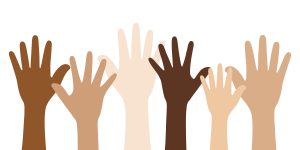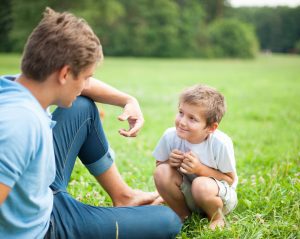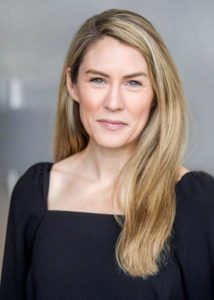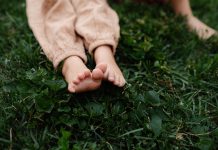Welcome back! We started this conversation a couple of weeks ago with Part 1, if you haven’t been able to read that you may want to start there. Here are some more worries that can hold parents back from having conversations about race, racism, and injustice.
I’m worried that noticing difference will make difference more salient in the eyes of my child.
This belief was the fear that motivated the colorblind ideology. It is not backed up by research, nor is it consonant with most people’s experiences.
Bottom line: Research consistently shows that children clearly notice skin color, whether or not they say so, and whether or not adults draw attention to it.
 In fact:
In fact:
- Babies as young as 6-months stare longer at a face from a racial group different than their own. (Phyllis Katz, 2000-2010)
- Children as young as 3 make distinctions based on race, even when race is not discussed (Phyllis Katz, 2000-2010) and start to prefer and more often ascribe positive attributes to their own racial group. (Rebecca Bigler, 1993)
- By age 5, children see race as a major point of difference or distinction, even when it is not discussed. (Phyllis Katz, 2000-2010)
- By age 7, children can accurately reflect social status bias and will make choices or judgments based on who they perceive as having more power or privilege. (Bigler, Averhart, & Liben, 2003)
- White children as young as 7 demonstrate that they believe Blacks experience less pain than Whites. (Rebecca Dore, 2014)
Allowing the fear that noticing difference emphasizes difference to prevail is to agree to allow confusion and bias to grow unmitigated.
Research also shows us that the less we know and talk about observable differences, the more likely we are to have negative perceptions of other groups.
In fact, the best way to decrease bias in children (and adults) is with:
- regular conversation about skin color difference using concrete, descriptive language. (Rebecca Bigler, 1995-2010)
- intentional education on the history of racial discrimination and bias. (Hughes, Bigler & Levy, 2007)
- increased opportunity for cross-race exposure and contact, even through books and media. (Crisp & Turner, 2009)(Krista Aronson, 2014)

The good news is that your children are, like all people, hard-wired for categorization, matching, and sorting. Furthermore, they often have a natural curiosity about what is alike and what is different. Use this curiosity to talk about the phenotypic characteristics that make each person different and beautiful. These small conversations will help you build your confidence and comfort, too. Compare your family member’s skin tones to each other and, using books and media, explore shades that don’t exist within your family. It’s ok to use words like “brown-ish,” “tan-ish,” and “peachy.” It’s ok to point out that lots of people get grouped into racial categories with names that don’t actually reflect their skin tone.
“People often call this kind of peachy skin white, even though it’s not white.” “People often call this kind of caramel skin black, even though it’s not black.” Also, consider discussing the different hair types, eye color and shape, nose shapes, or other individual differences that might exist within your family and our larger community. Equipping our children to see, appreciate, and expect phenotypic differences will decrease their (perhaps harmful) curiosity questions when they encounter kids or teachers of color at school. The beauty of the human form abounds. Help your children see, appreciate, and celebrate our natural diversity!

I’m worried that my kids are too young and won’t understand.
Children and families regularly navigate a complicated world and constantly encounter topics that stretch their understanding and imaginations. And yet, waiting to address these issues doesn’t make us more equipped to do so. In fact in this case, delaying the conversation leaves room for even more bias and confusion to take root.
Bottom line: It doesn’t get easier to understand if we wait longer to start.
What I’ve learned in my family, and through the We Stories community, is:
- My kids absorb complexity over time and tune out when they’ve reached their limit.
- Past conversations provide scaffolding for future ones, enabling a less overwhelming and more consistent download to be more feasible.
- Empowering kids with information enables them to connect the dots or wonder on their own, which not only allows them to form their own relationship with issues of racial justice but also gives them agency, which is healing.
- Protecting our children from hard or sad truths unintentionally provides them with more opportunity to harm peers because they aren’t equipped to understand racism or bias appropriately.
- It is appropriate to feel sad, angry, outraged, confused, and upset by racism because racism is sad, angering, outrageous, confusing, and upsetting.
- Creating cones of silence or taboos around particular topics is damaging for children. It can have life-long or generations-long ripple effects and deficits – as many of us in the colorblind generation are grappling with now.
Stay tuned for Part 3 of our series with We Stories next month!











